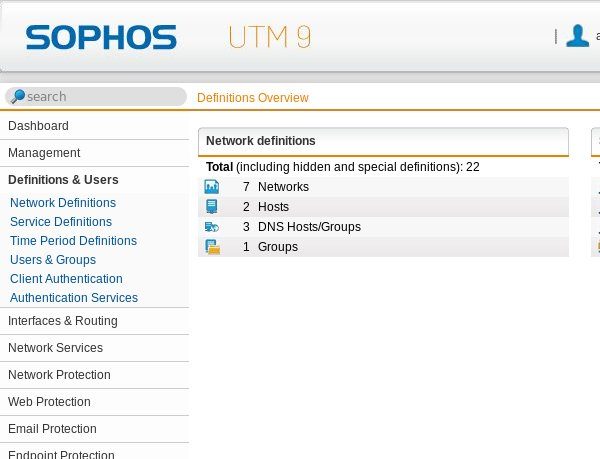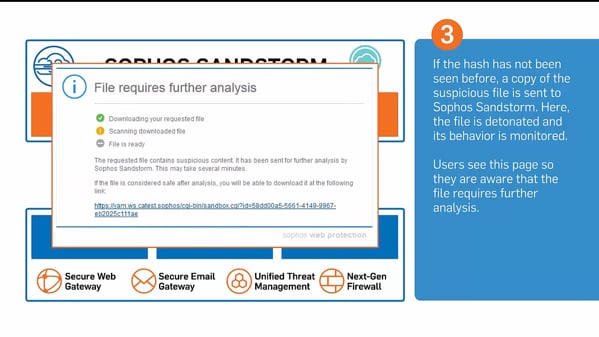Sophos utm 2 factor authentication VPN: 4 things everybody needs to accept Progress thanks sophos utm 2 factor authentication VPN. Using different independent Statements, you can find out, that the Preparation keeps what it promises. It is obvious that the no way, because sun a consistently positive Summary there are almost no Product. 3-A significant amount of traffic isn't being logged whatsoever. I made a Country Block rule as per Sophos XG KBMs and also a new Drop rule witn logging enabled also as per KBM instructions. When I look at a live log, almost no traffic is hitting these rules, as opposed to our UTM which were constantly showing dropped traffic. Either way, if you’d like to enable 2 FA for logging on to an SSL VPN, it’s a relatively easy task on the Sophos UTM. Follow the below steps to set this up ready for 2 factor authentication. Login to the UTM and go to Remote Access - SSL. Here you’ll need to create a Profile for the VPN, so select ‘New Remote Access profile’. IPsec client with 2FA VPN using Sophos UTM RSA SecurID 2FA for Sophos UTM Duo of information on this on Two-Factor - Two-Step Authentication SOLVED Sophos — Duo integrates with can't really do it. Not seeing a lot 2FA for remote access flexible authentication options available Set Up - YouTube would like to incorporate Okta Sophos XG and UTM. Read on for the rest of our Sophos 2021 review. XG Firewall Home Edition and Sophos UTM Home Edition. It takes about five minutes to install either. (2FA), an extra level of account.
Two-factor authentication ensures that only users with trusted devices can log on. To provide two-factor authentication, you configure the OTP service. Then, end-users scan tokens and obtain passcodes using Sophos Authenticator.
Objectives
Sophos Utm 2fa Download
When you complete this unit, you’ll know how to do the following:- Turn on the OTP service and specify settings.
- Scan tokens and obtain passcodes using Sophos Authenticator on the client.

Specify OTP service settings


First, you turn on the OTP service. Then, to maximize the protection this type of authentication offers, you require all users to use it. You also specify the features for which two-factor authentication is required.
The following steps are executed on the firewall.
- Go to Authentication > One-time password and click Settings.
- Specify settings.One-time password
On OTP for all users On Auto-create OTP tokens for users On - Enable OTP for WebAdmin and User portal.
- Click Apply.
Sophos UTM firewall can be configured to use Azure MFA for Two-Factor authentication.
After installing MFA extension with the help of great guide from Microsoft: https://docs.microsoft.com/en-us/azure/active-directory/authentication/howto-mfa-nps-extension you only need to define couple of settings in UTM and enable policies in NPS server to get it working.
Unfortunately I only were able to set it up using PAP as authentication method. I believe this is limitation on UTM.
Here are steps I took to accomplish this.
First add your Sophos UTM as RADIUS client on NPS server.
I am assuming that NPS server is located in IP address 192.168.100.100 and Sophos UTM is used as GW for this network with IP address 192.68.100.1
Add Sophos UTM Firewall as RADIUS client. Use UTM’s IP for the network as client IP. Select long shared secret (UTM supports up to 48 characters).
Next create connection request policy for the UTM.
Select Authenticate requests on this server.
Under conditions add UTM’s IP as Client IP
Leave rest of the settings as default.
Sophos Utm 2fa Owa
Next you’ll have to create Network policy for SSL VPN authentication traffic.
I created one policy for each service I want to use radius authentication.

Again we’ll use UTM’s IP as client IP and I also added user group check for VPN enabled users. use ssl as NAS identifier.
Under Authentication Methods only select PAP. Select NO on security warning.
Leave rest of the settings as default.
Now login to UTM and navigate under Definitions & Users -> Authentication Services -> Servers
Sophos Firewall 2fa
Add new authentication server and select RADIUS as backend type. Select Network Policy server as server or create new network host object.
Use same 48 character shared secret. Extend advanced settings and change timeout to 60 seconds.
You can see Nas-Identifiers used by services from the Nas-Identifier dropbox.
Thats it. Now you should have Azure MFA enabled SSL VPN set up. To enable MFA for other services just create another network policy and use different Nas-Identifier.
